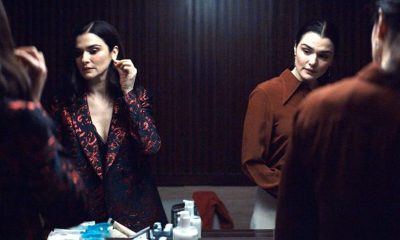Arts & Entertainment
Accompanying ‘Florence’
‘Big Bang’ star plays gay in new Meryl Streep vehicle
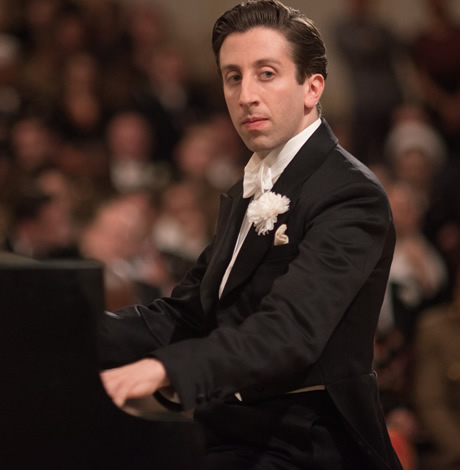
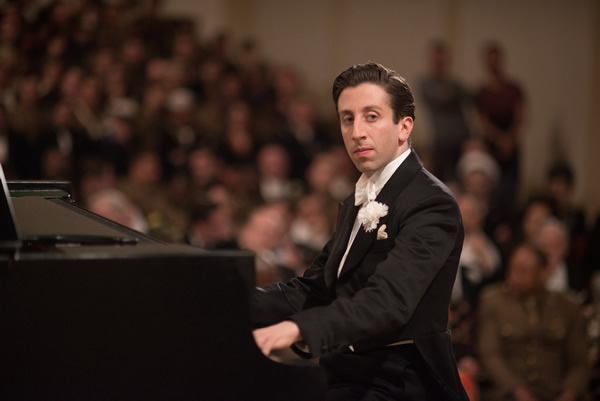
Simon Helberg as accompanist Cosmé McMoon in ‘Florence Foster Jenkins.’ (Photo courtesy Paramount Pictures)
Fans who only know Simon Helberg as the super nerd Howard Wolowitz on “The Big Bang Theory” will be surprised and delighted to see him in his latest role: Meryl Streep’s shyly flamboyant accompanist in the new movie “Florence Foster Jenkins,” opening Friday, Aug. 12 in wide release.
Madame Florence, played by Streep, was a wealthy New York socialite and patron of the arts. Although she was a classically trained pianist who played at the White House when she was a child, her claim to musical fame was an infamous 1944 Carnegie Hall performance that showcased her complete lack of singing ability.
Helberg plays Cosmé McMoon, Madame Florence’s long-suffering but supportive pianist. He started developing his character by zeroing in on the work of screenwriter Nicholas Martin.
“First and foremost is the script,” Helberg says. “He wrote these characters who are very vivid and very full. There were so many clues in the script. I took every word and direction as gospel.”
From there, Helberg turned to the historical record, discovering he was born in Mexico to Irish immigrants who later moved to San Antonio and New York.
“I went to research who he really was. There wasn’t a lot of information on him, but there were these little insights,” he says. “I thought he must have felt somewhat alien.”
As for McMoon being gay, everything pointed to it. McMoon was, after all, an accompanist. He was fascinated with muscle magazines and body-building competitions. He worked at a bathhouse and never married.
But Helberg decided to approach the character’s sexual orientation in a subtle manner, reflecting both the character and the period. McMoon starts out the movie “completely innocent.” But, as he starts to move about in the glittering social circles that Jenkins and her husband St. Clair Bayfield (Hugh Grant) inhabit, he becomes more aware of his sexuality. By the end of the movie, McMoon rushes backstage for the Carnegie Hall concert, explaining his lateness by breathlessly gushing, “I was attacked by lots of sailors.” As Helberg dryly notes, it’s not exactly clear what has happened, but “the light bulb has started to flicker.”
As for McMoon’s delightful physical mannerisms, they’re rooted in Helbing’s own training as a piano player: arms weighted to the floor and fingers dancing over the keys. Cosmé, Simon says, “has the posture that a classically trained pianist would be taught.”
Helberg, in fact, nearly became a professional pianist.
“I’m good,” he says. “I used to obsessively play and practice all the time in high school. But once I started acting, then I just started playing for fun. I threw away that career path. Because being an actor is so much easier than being a jazz pianist.”
“I kept playing for fun,” he says, “but never anything classical or opera. Then this came along. I really wanted to be in this movie and thought how great that I can play the piano. At least I’ll be able to put my hands in the right place and make it look real when a classically trained pianist plays the music. Maybe I’ll get to play a song or two.”
But things turned out slightly differently. Director Stephen Frears wanted a pianist who could really play Strauss and Mozart. Once he got the part, Helbing started a crash course in classical music. Then, once he got on set, Helberg started a crash course with Meryl Streep. Luckily, Helberg says, “I’m really good at making people sound worse.”
Streep and Helberg hey had a week and a half to rehearse before filming started.
“We had this great collaboration,” Helberg says. “We really had to go into this intimate and intense training. We had to work it and work it and work it. It was incredibly tough and satisfying to actually sit there and do it.”
Initially, Streep and Helberg assumed they would perform to pre-recorded tracks.
“I know Meryl always wanted to sing it live, but at first that didn’t seem possible,” the actor says. “We prerecorded at Abbey Road Studios, but once we did that, the producers said, ‘Well, they can really do it. Let’s just have them do it live. Screw that album.’”
Working with Streep, Helberg says, “was honestly a dream for me. She’s very aware of people and she’s very open and she’s grounded. She’s about making the best movie she can and it’s not about her. There’s something very effortless about it.”
Since McMoon becomes a confidante to both Madame Florence and her husband, Helberg also spent a lot of time working with Hugh Grant, whom he calls “hilariously self-deprecating and neurotic.”
“I thought that was my job but were battling for who was most neurotic. He was completely consumed with making the film the best it could be. I know he was also nervous about working with Meryl and even Meryl was nervous about being Meryl. That’s a lot of pressure.”
The scene, however, that was must challenging for the actor was McMoon’s delayed burst of laughter after he finally hears Madame Florence sing.
“It’s so hard to laugh that way when you’re having an uncontrollable fit of laughter.”
He asked Meryl Streep for advice, and she said, “Well try to cry, that always makes me laugh.” Helberg rejected that advice, fearing he’d actually cry.
He tried recording a couple of things on his phone, but finally realized, “I just had to surrender to it. Stephen had a conversation with me about how I saw that scene, about how I saw it being shot and how I saw it being cut together, and how I saw the elevator and how many people should be in it. He really was asking me questions that I felt less qualified to answer than he, but he really wanted to know what I thought. It was a tricky scene for everyone involved, but it did turn out nicely.”
Now that “Florence Foster Jenkins” is in theaters, Helberg is getting ready to start filming season 10 of “The Big Bang Theory.” The actor admits he doesn’t know a lot about what’s in store for Howard and his friend.
He says we’ll be seeing more of Christine Baranski, Laurie Metcalf and Judd Hirsch and meet Penny’s brother and mother.
“I literally have no idea.” he says. “They don’t tell us anything ever until we get the script the night before the table read. What I do know, based on my rudimentary knowledge of biology, is that he will be having a baby, because Bernadette is pregnant and I hear that’s how it works. Their baby will come in the first half of the season and they will be navigating that and figuring out who the bigger baby is, him or the baby.”
a&e features
Local, last-minute holiday gift ideas
Celebrate the season while supporting area businesses

The DowntownDC Holiday Market is bustling. Union Station is decked out with its annual Christmas tree. Washingtonians have wrapped their houses and apartment balconies with festive lights and holiday decorations. The holiday season is here. And with stockings to fill and empty space under the tree, Washington’s local shops and artists have plenty to offer.
Show your LGBTQ and D.C. pride with the Washington Blade’s annual holiday gift guide.
To embrace the holiday buzz: The Blanco Nwèl cocktail from Alchy Cocktails. This Caribbean eggnog is one of Alchy Cocktail’s seasonal holiday cocktails. The flavor profile is similar to coquito, a traditional Puerto Rican Christmas drink with a coconut base. As a queer and Caribbean-owned business, Alchy Cocktails has been based out of Washington since 2021. Blanco Nwèl is available in both cocktail ($24) and mocktail ($12) online and at a variety of holiday markets, including the Tingey Plaza Holiday Market, the Flea Market at Eastern Market, Union Station’s Main Hall Holiday Market, and more. ($24)

A spicy bite: Gordy’s Cajun Okra from Salt and Sundry. These spicy, tangy pickles pull on Southern Cajun-style flavors, packing a punch with paprika, cayenne, and more. Gordy’s is an LGBTQ-owned and Washington-based brand, making this gift an opportunity to support a local LGBTQ business straight from the jar. This pantry staple is available on Salt & Sundry’s website and at its locations in Union Market, Logan Circle, and its Georgetown holiday pop-up store. ($14)


To celebrate Washington pride: The DC Landmark Tote Bag from The Neighborgoods. Native Washingtonians, visitors, friends and family alike will find something to love about this Washington-themed tote bag. Food trucks, the 9:30 Club, the Metro logo and pandas from the National Zoo are just some of the city’s landmarks depicted across the tote in a red, white, and blue color palette. The tote is a part of the DC Landmarks collection, which donates 10 percent of its sales to the American Civil Liberties Union. The Neighborgoods itself is a local, woman-owned business built out of a passion for screen-printing in 2013. The 100 percent cotton canvas tote is for sale online or at the DowntownDC Holiday Market. ($22)
To give friends and family their flowers: The Flowers Bandana from All Very Goods. This 100 percent cotton bandana was designed in Washington and hand printed in India. Its uniqueness comes in being covered with the faces of Black women, representing a “love letter to all women but especially Black women,” according to All Very Goods. The Black woman-owned and operated business, based out of Northwest Washington, has a mission to celebrate diversity and representation through its products. The bandana intends to give Black women their “flowers.” The Flowers bandana is available for purchase online. ($24)

To unlock culinary creativity: The Curious Chef Gift Collection from Each Peach Market. This customizable collection of kitchen oddities — ranging from tinned fish to chili oil — is a quirky gift for the most inventive chefs. The collection is available in a Standard Santa, Extra Goodies and Super Holiday Size for up to $165. The Washington-based market, founded in 2013, permits customers to make the collection special by specifying what unique ingredients are packaged, including products made by local or LGBTQ brands. Each Peach Market offers assembly and pick up in-person at its Mount Pleasant shop and also offers local delivery and nationwide shipping via its website. ($85)

To give a touch of sweetness: The DC Landmark Chocolate Covered Oreo Holiday Cookies from Capital Candy Jar. Wrapped in a festive red bow, this box of nine cookies embraces love for Washington and the holiday season in one. Among the dark and milk chocolate covered cookies are images of the U.S. Capitol, the White House, the Lincoln Memorial, the Jefferson Memorial and festive hollies. The treat, packaged in a Hill East facility just a few blocks from the Capitol, is available for purchase online and at the DowntownDC Holiday Market. ($23.95)


To celebrate queer gaming: Thirsty Sword Lesbians from Labyrinth Games & Puzzles. This roleplaying game embraces lesbian culture by unlocking a world of swords, romance, and battle. Ideal for group settings, the book presents a system of world building and character identities that are best brought to life by creative minds. Labyrinth, which has been a local Washington business for more than 15 years, celebrates non-digital fun through games and puzzles that connect the community. This gift is offered online and at Labyrinth’s Capitol Hill location. ($29.99)
To make a bold statement: The “Resist” T-shirt from Propper Topper. This locally screen-printed black tee features the Washington flag designed within a raised fist, symbolizing both Washington pride, and political resistance. The shirt is made exclusively by Propper Topper, a local Washington business that evolved from a hat shop to a gift store since opening in 1990. The tri-blend unisex shirt is available both for pickup at Propper Topper’s Cathedral Heights location and shipping via the online site. ($32)
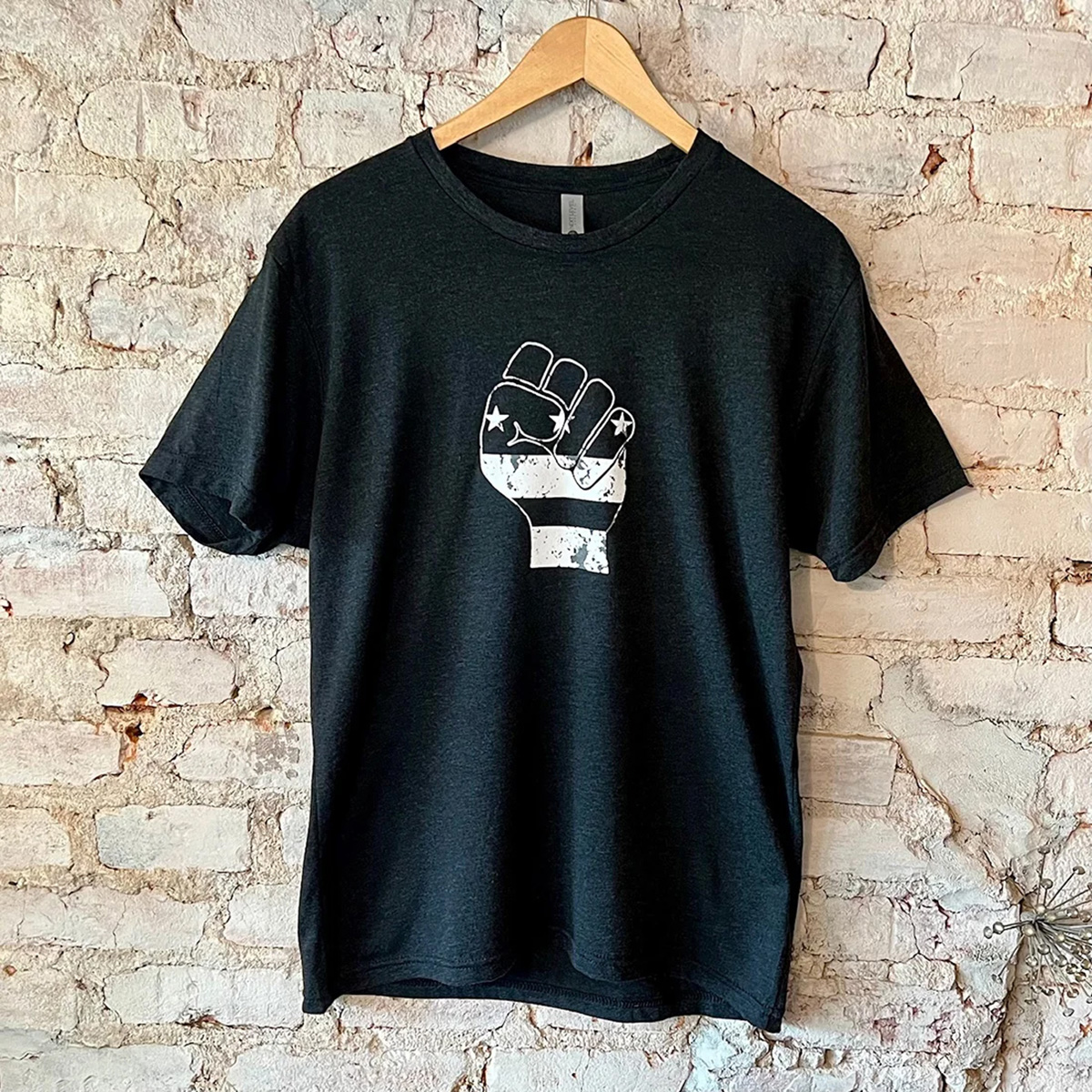
To keep it c(g)lassy: The Glass Ball earrings from Blue Moon Aquarius. Gifting can rarely go wrong when it comes to a new pair of earrings. The unique statement earrings — made of polymer clay, glass, and 18k gold plating over surgical steel — are hand cut, sanded and assembled in Washington, meaning each set is unique. Blue Moon Aquarius, a local brand, is known for its small batch jewelry and home decor designed with clay materials. Available in oxblood, hunter green, lavender, and bluestone color palettes, these earrings are available for purchase on Blue Moon Aquarius’ website and at the DowntownDC Holiday Market. ($48)
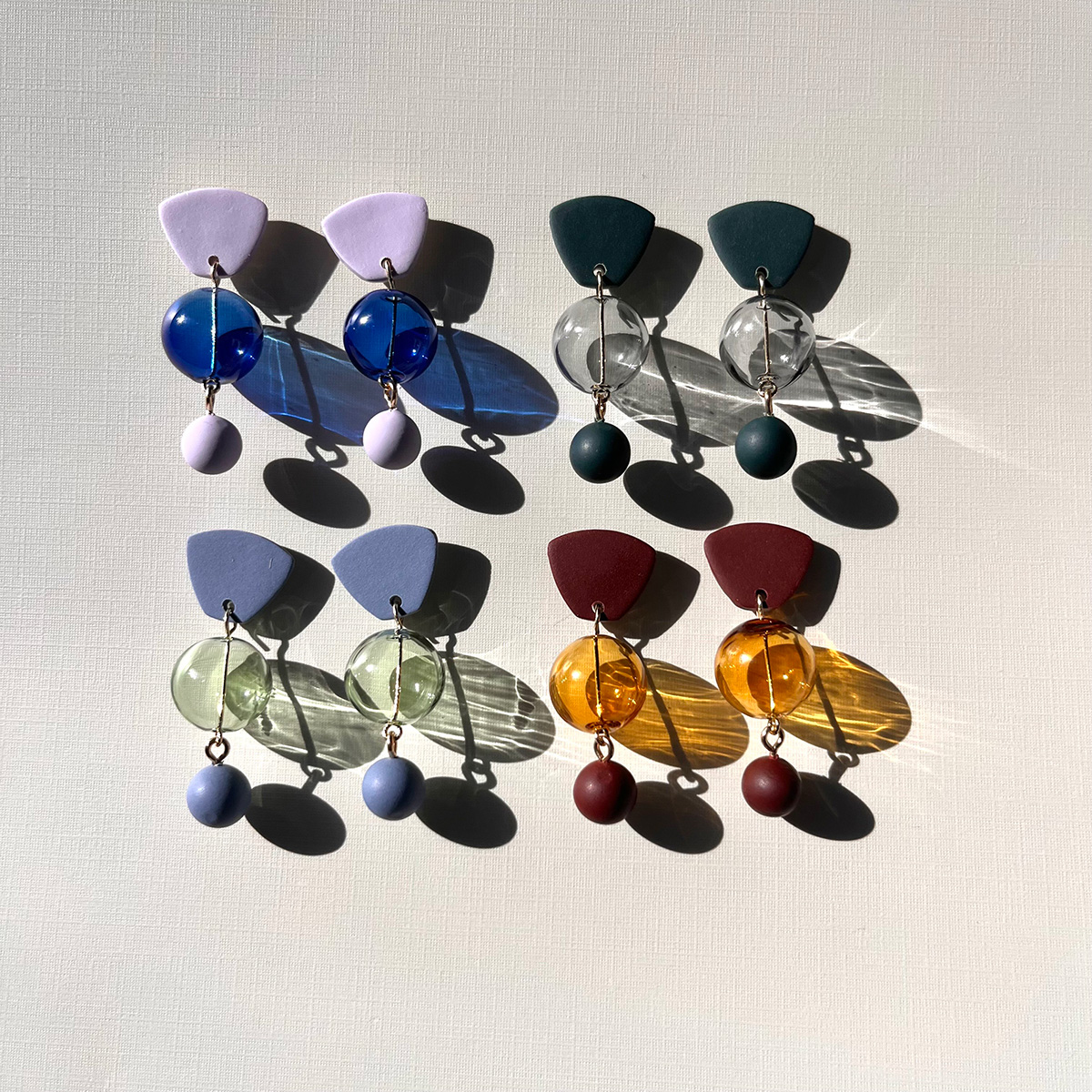
To elevate a holiday tea or charcuterie party: The Honey Flight: Tea Lover’s Selection from BannerBee. This local honey company presents the ideal gift to make cozying up with a cup of tea slightly more special. The Honey Flight contains three types of raw wildflower honey infused with fair trade Ugandan vanilla bean, chai spices, and locally sourced lemon thyme herb. The gift is also an opportunity to uplift a family company based in the Mid-Atlantic that offers all-natural, sustainable products. The flight is available online, at the DowntownDC Holiday Market or at the Arlington Courthouse and Dupont Farmers’ Markets. ($36)

For Baltimore shoppers: If you’re in Charm City, don’t miss Balston Mercantile, opened by a gay couple in June. Their gorgeous shop in the Hampden neighborhood offers an array of unique, upscale finds, from barware and artwork to cookbooks and home decor and more. (849 W. 36th St.)
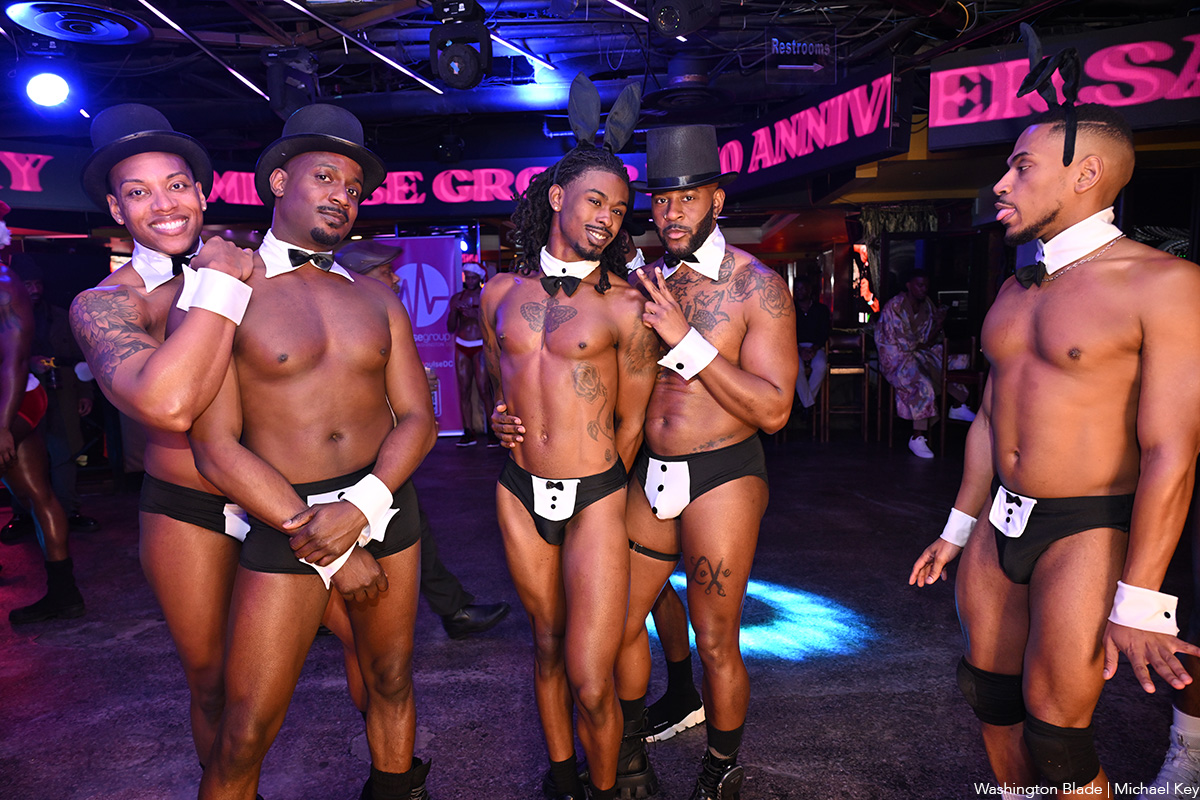
Impulse Group DC held “10’s Across the Board: A Celebration of 10 Years” at Bravo Bravo (1001 Connecticut Ave., N.W.) on Sunday, Dec. 14. Impulse Group DC is a volunteer-led 501(c)(3) and affinity group of AIDS Healthcare Foundation dedicated “to engaging, supporting, and connecting gay men” through culturally relevant health and advocacy work.
(Washington Blade photos by Michael Key)
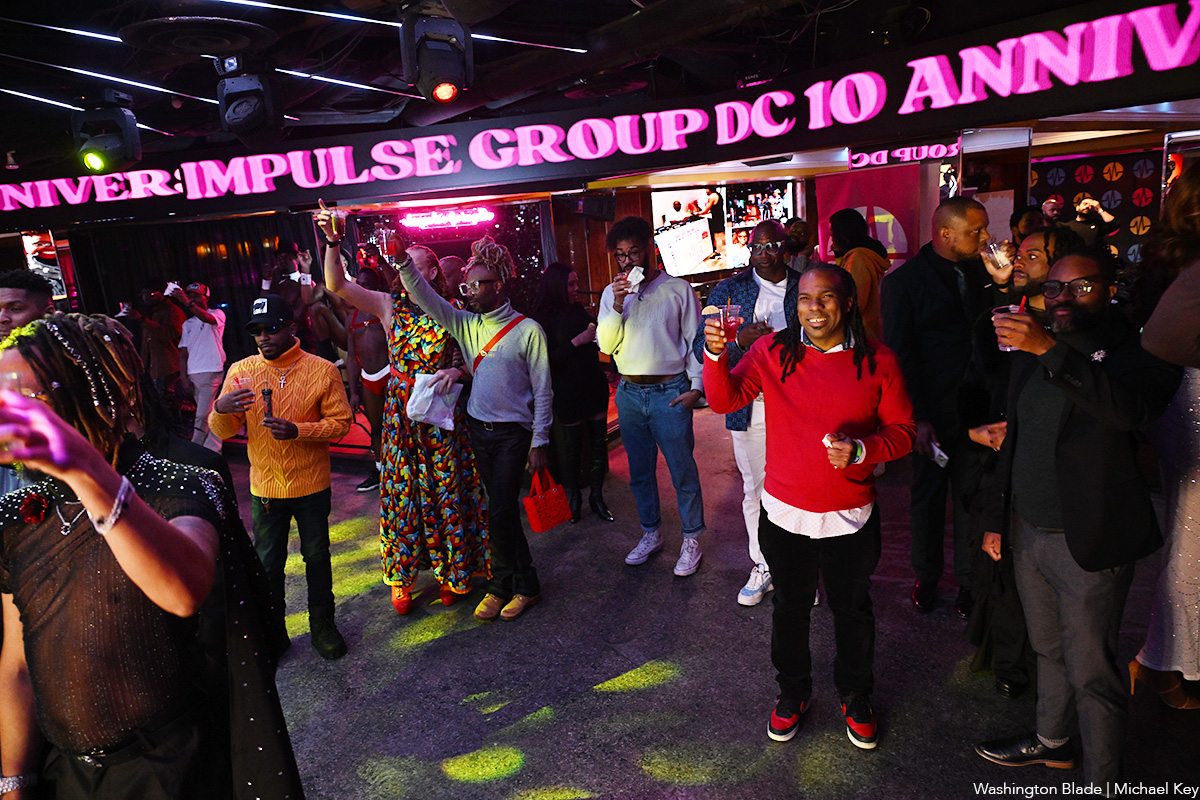
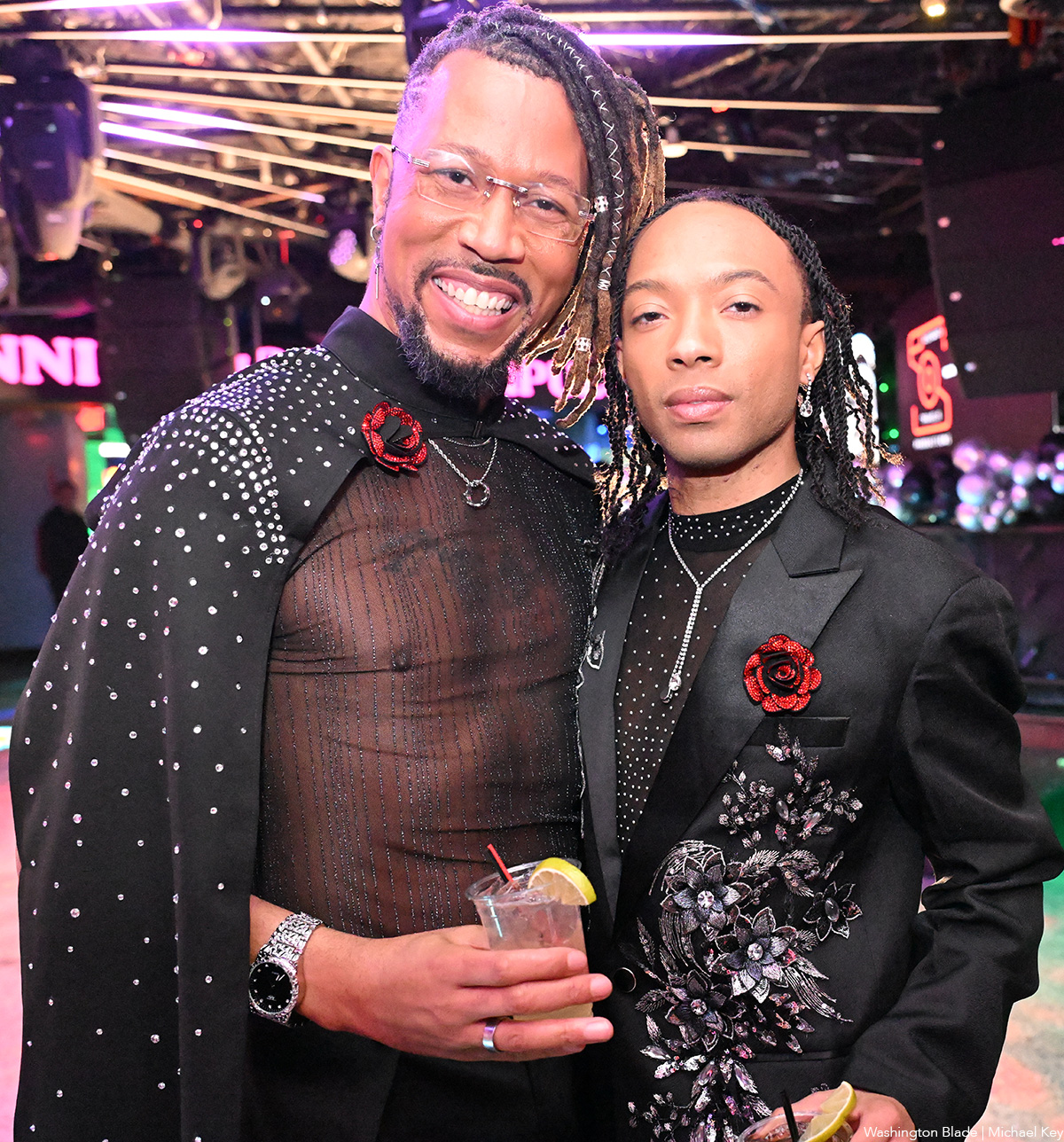
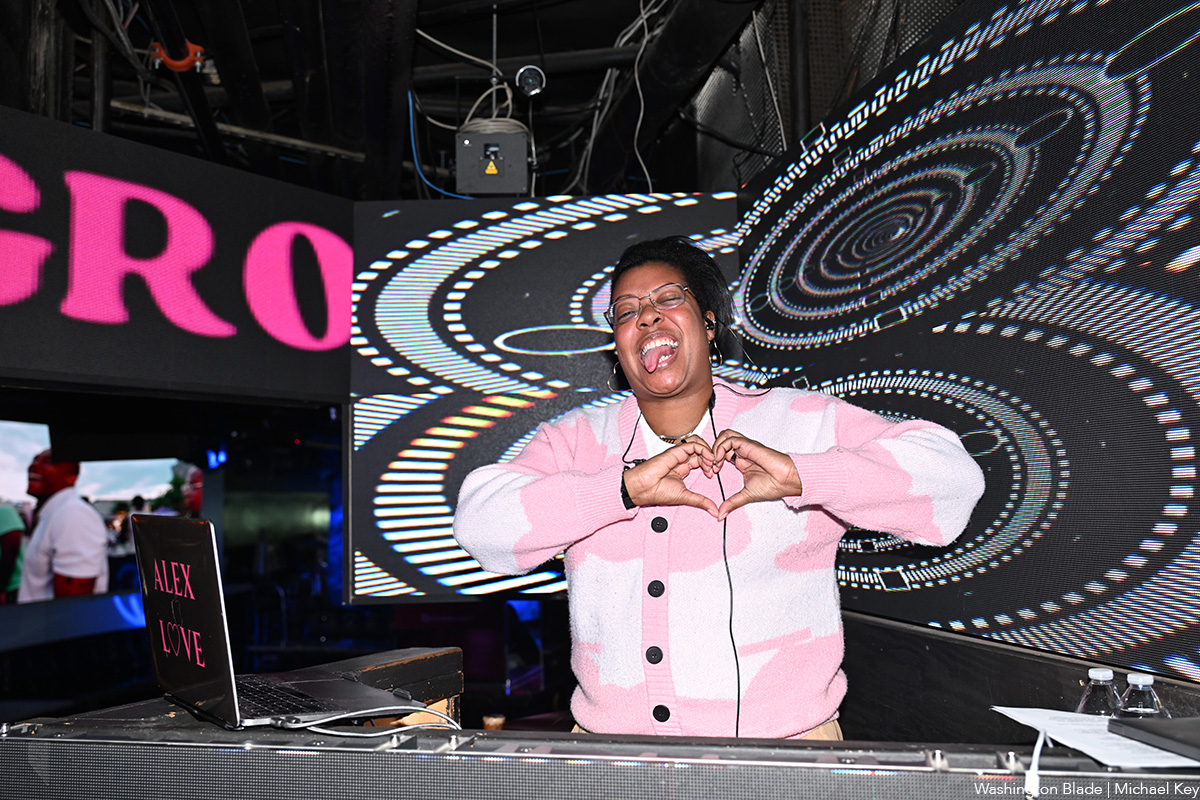
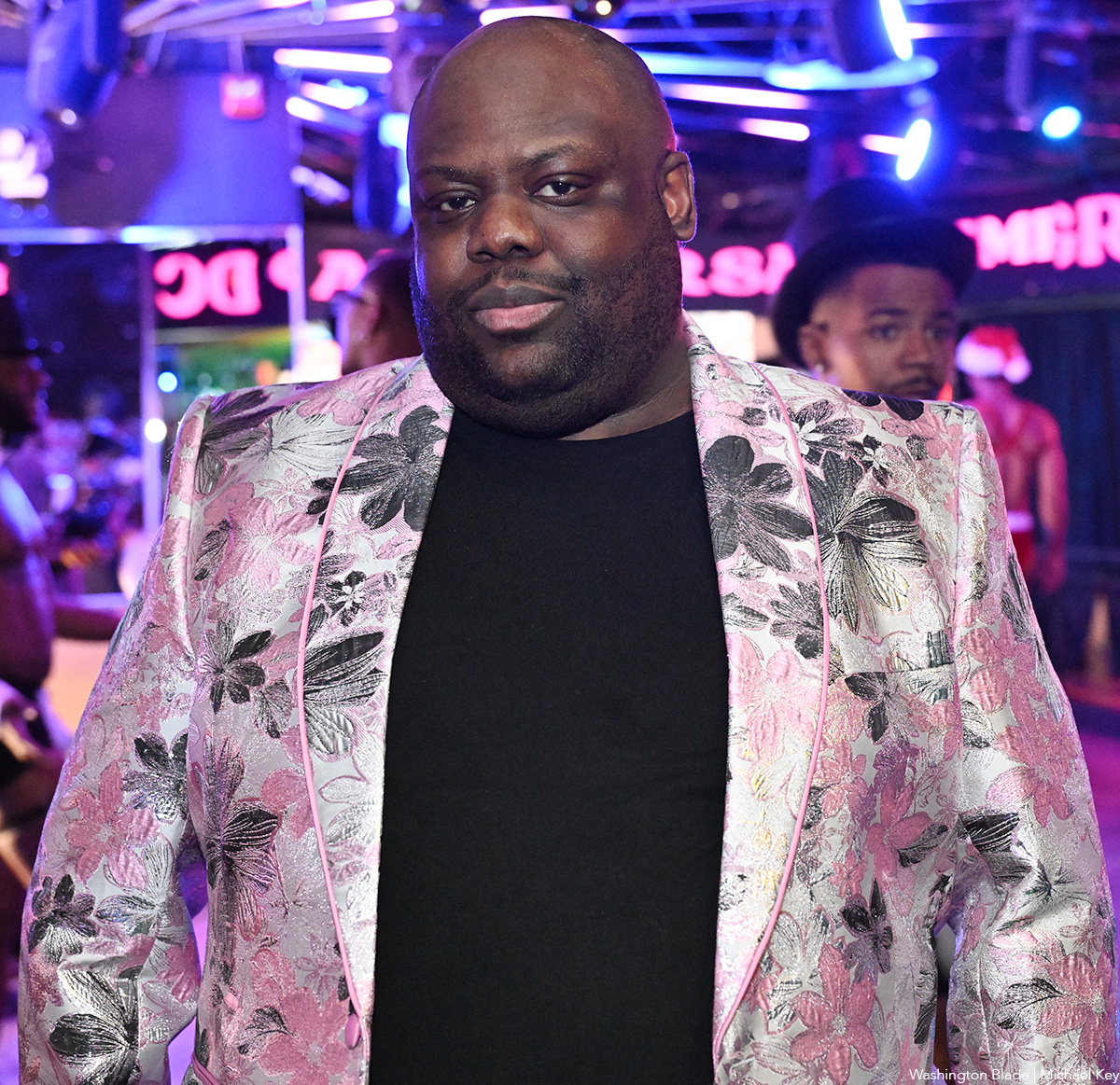

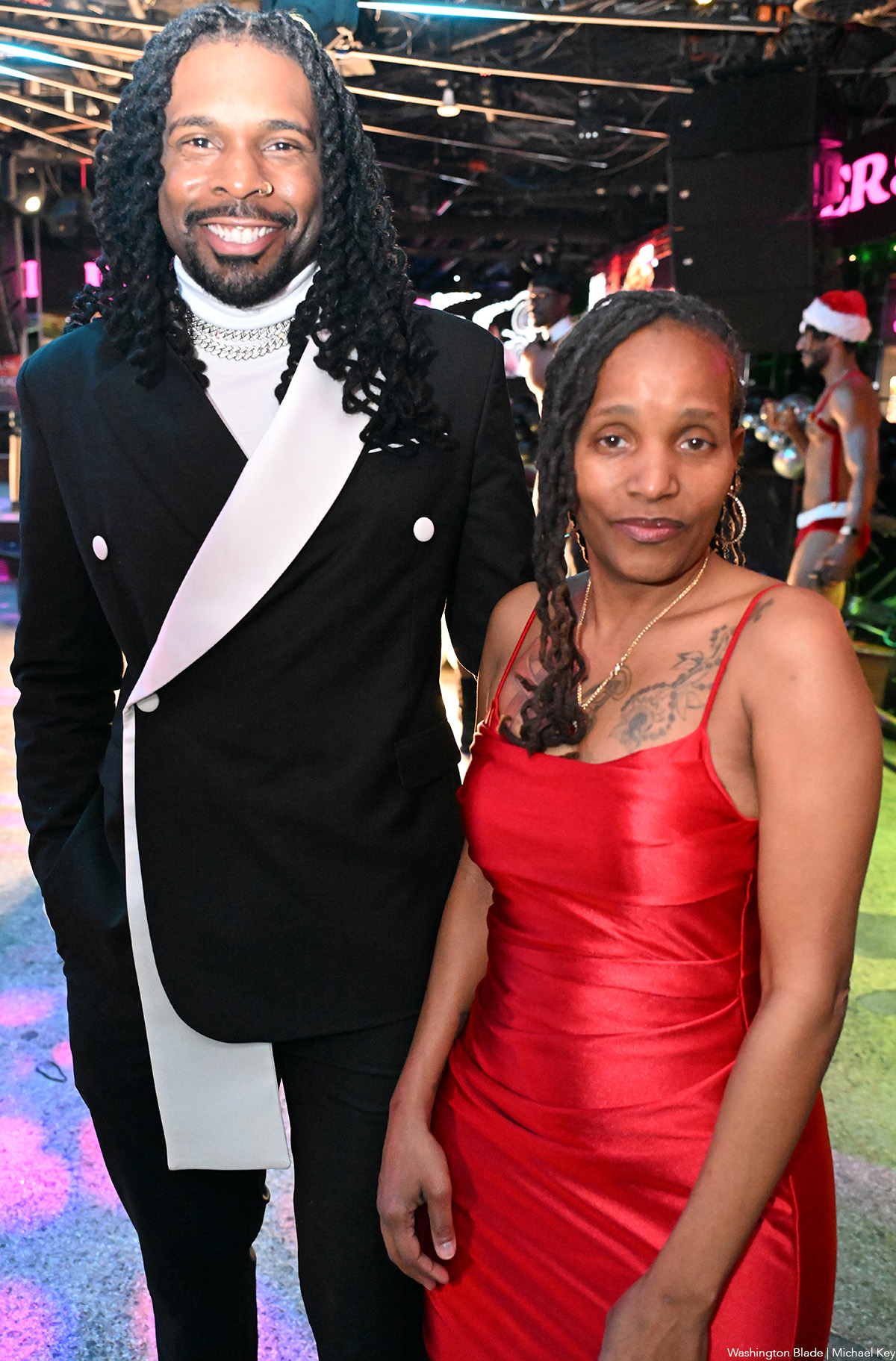
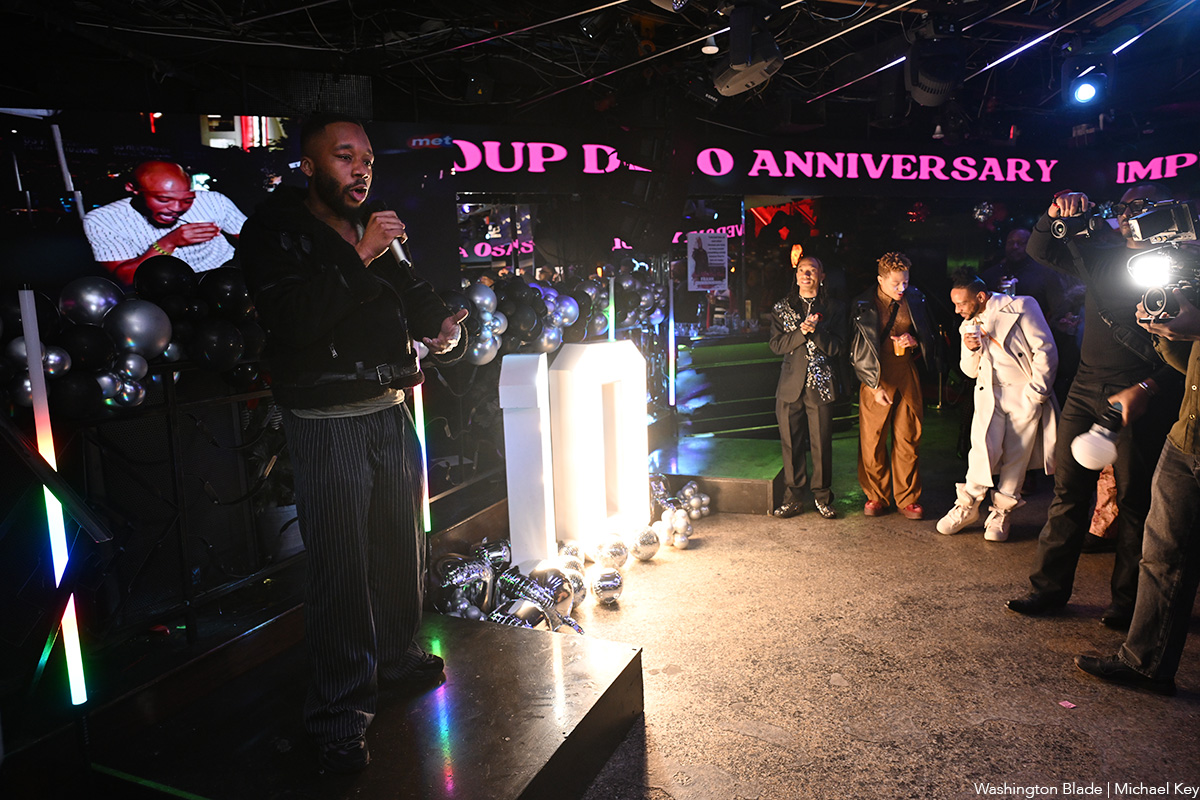
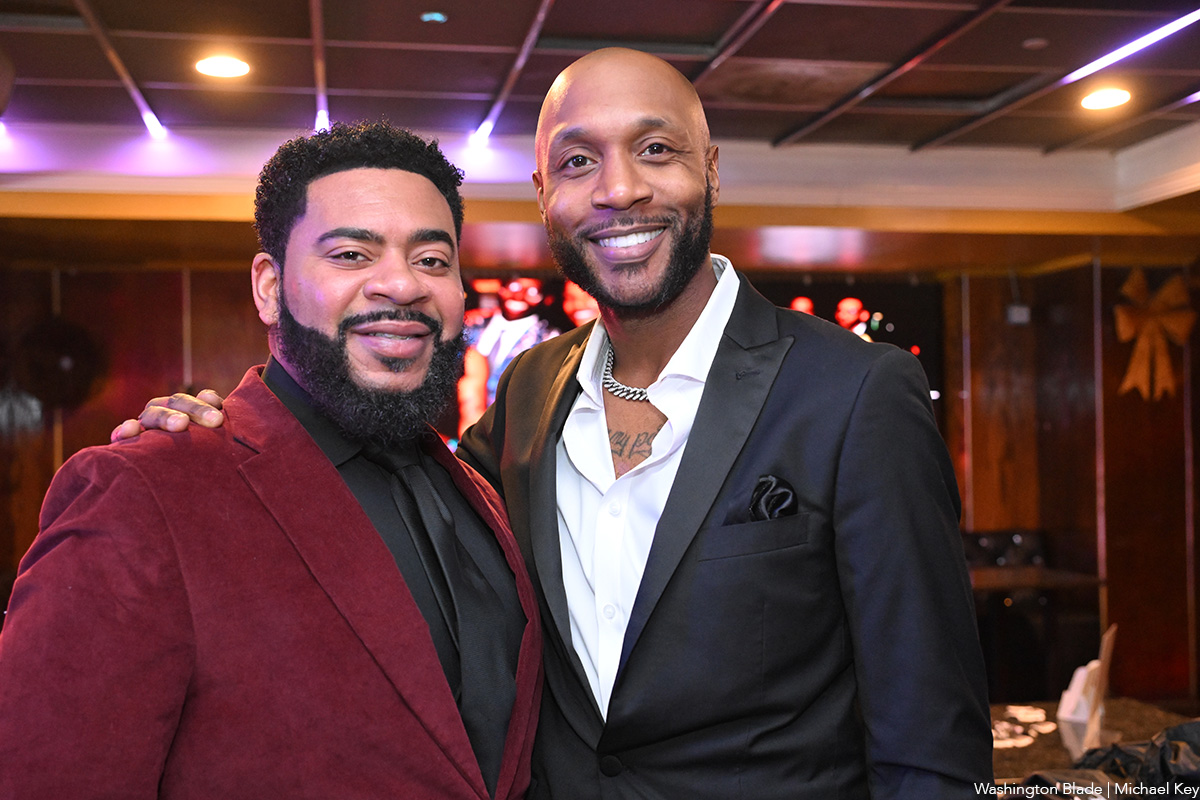
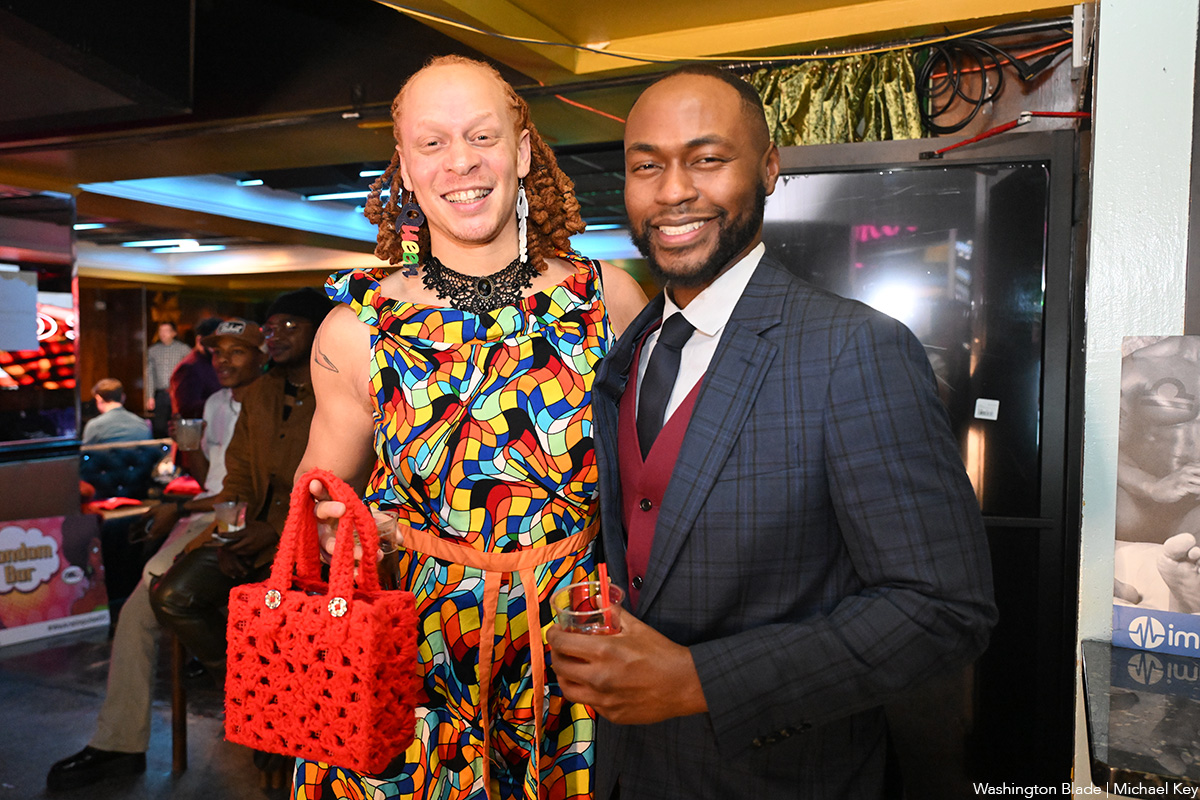
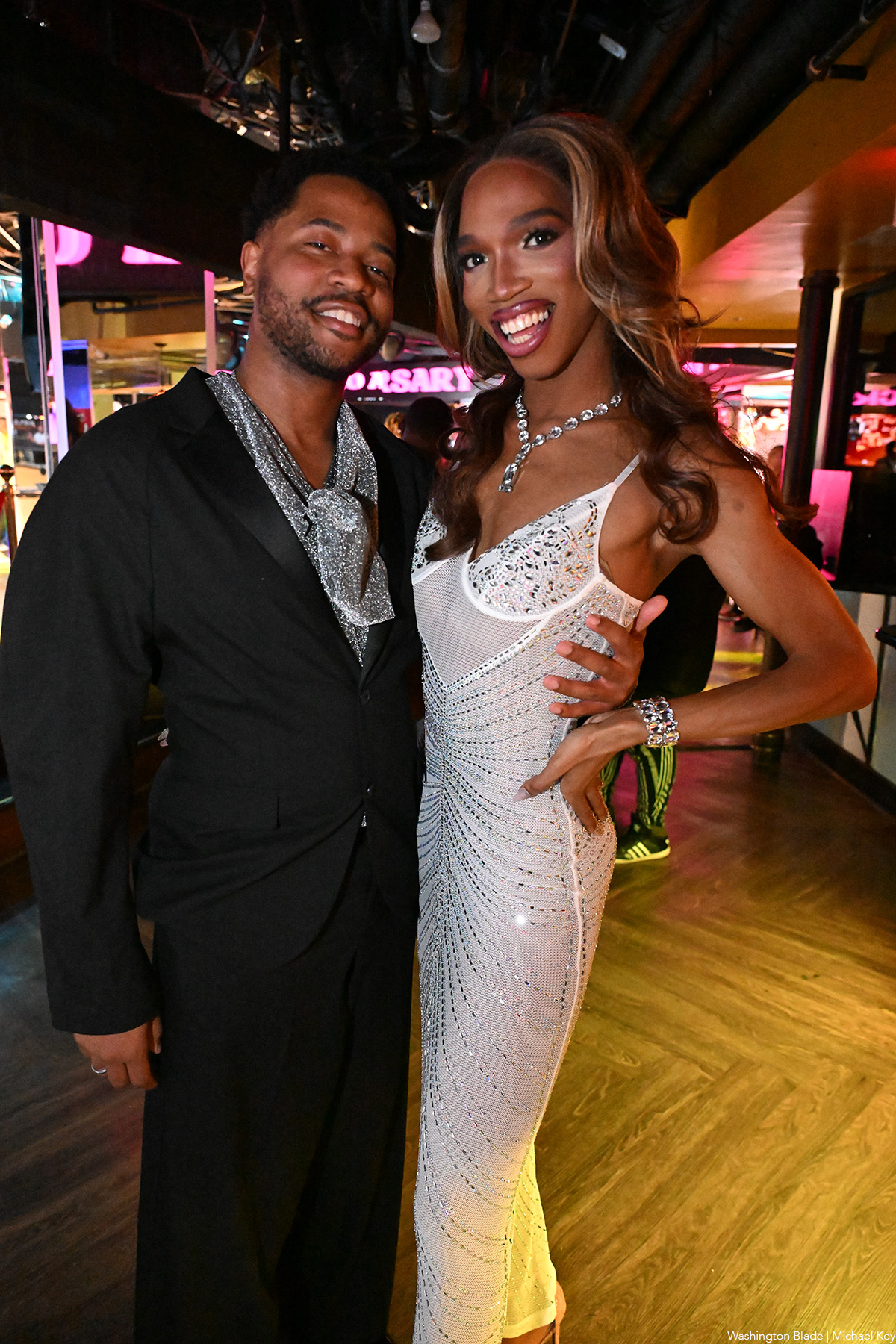
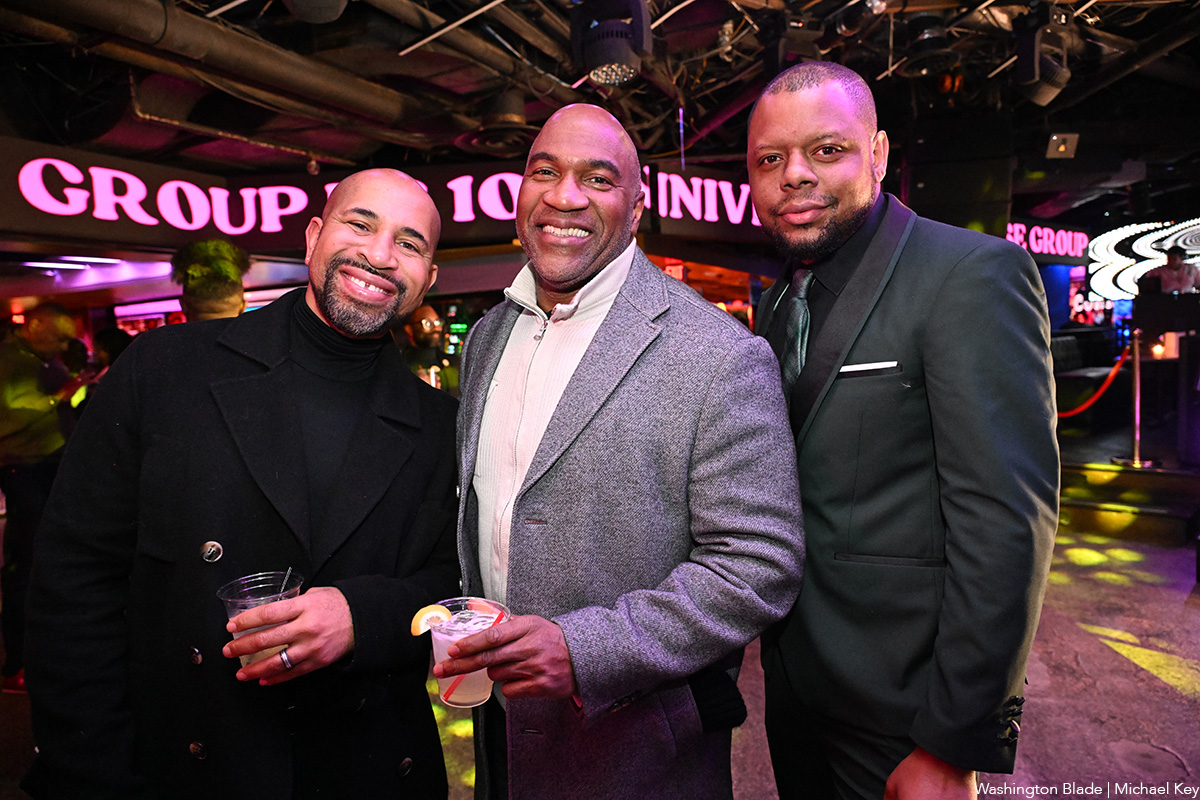
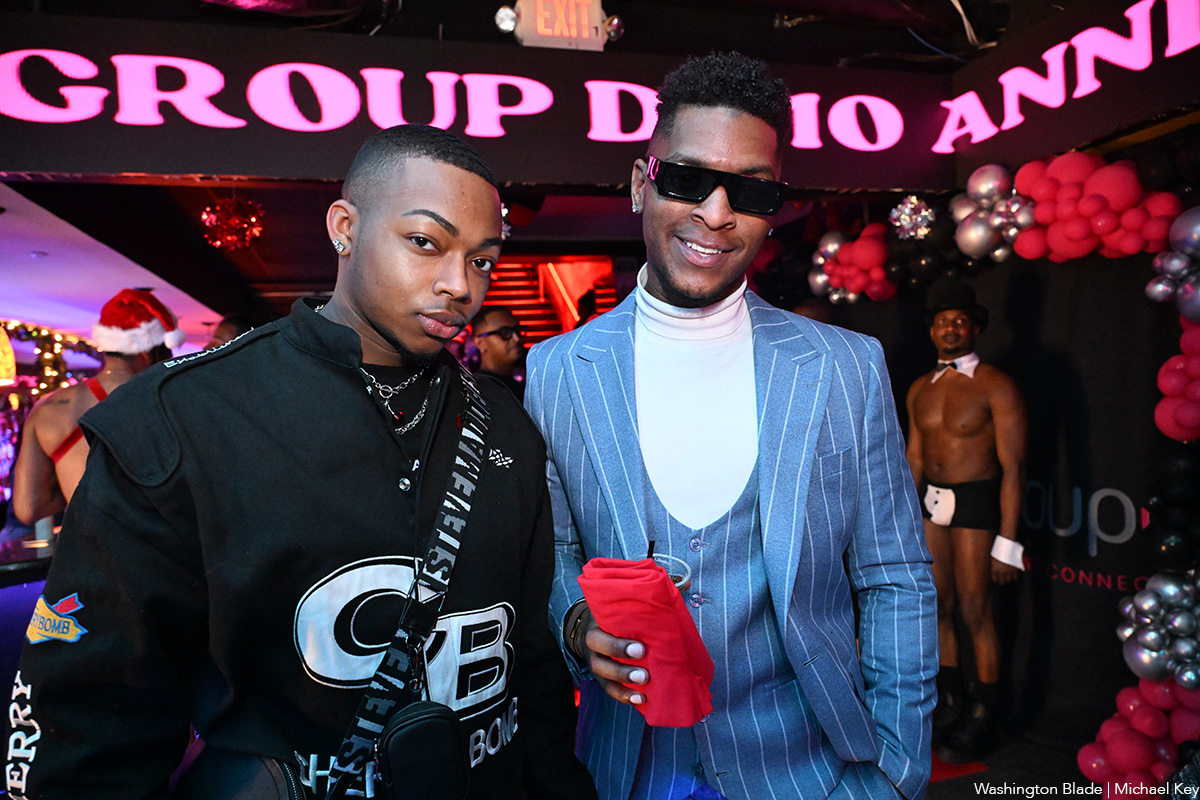
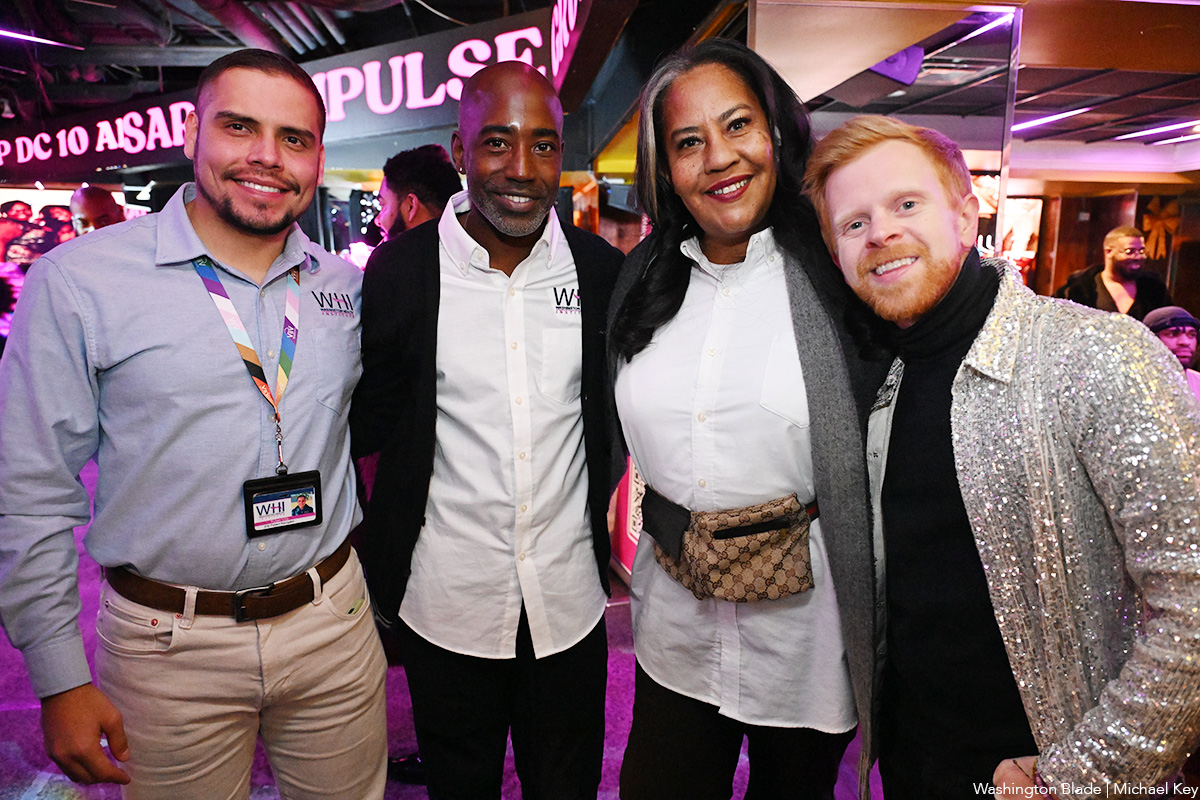

Rob Reiner, most known for directing untouchable classics like “The Princess Bride,” “Misery,” “When Harry Met Sally…,” and “Stand by Me,” died Dec. 14 alongside his wife, Michele Singer Reiner, in their Los Angeles residence. While investigations are actively underway, sources have told PEOPLE Magazine that the pair’s son, Nick Reiner, killed his parents and has been taken into custody.
Reiner was a master of every genre, from the romantic comedy to the psychological thriller to the coming-of-age buddy movie. But in addition to his renowned work that made him a household name, Reiner is also remembered as a true advocate for the LGBTQ community. In 2009, Reiner and his wife co-founded the American Foundation for Equal Rights, helping fight against California’s Prop 8 same-sex marriage ban. They were honored at the 2015 Human Rights Campaign Las Vegas Gala.
In a statement, HRC President Kelley Robinson said: “The entire HRC family is devastated by the loss of Rob and Michele Reiner. Rob is nothing short of a legend — his television shows and films are a part of our American history and will continue to bring joy to millions of people across the world. Yet for all his accomplishments in Hollywood, Rob and Michele will most be remembered for their gigantic hearts, and their fierce support for the causes they believed in — including LGBTQ+ equality. So many in our movement remember how Rob and Michele organized their peers, brought strategists and lawyers together, and helped power landmark Supreme Court decisions that made marriage equality the law of the land — and they remained committed to the cause until their final days. The world is a darker place this morning without Rob and Michele — may they rest in power.”
Reiner’s frequent collaborators have also spoken out as the industry is in mourning, including figures like Ron Howard and John Cusack.
A joint statement from Jamie Lee Curtis and Christopher Guest (who starred in Reiner’s “This is Spinal Tap”) reads: “Christopher and I are numb and sad and shocked about the violent, tragic deaths of our dear friends Rob and Michele Singer Reiner and our ONLY focus and care right now is for their children and immediate families and we will offer all support possible to help them. There will be plenty of time later to discuss the creative lives we shared and the great political and social impact they both had on the entertainment industry, early childhood development, the fight for gay marriage, and their global care for a world in crisis. We have lost great friends. Please give us time to grieve.”
While attending the 2019 HRC Los Angeles Dinner, Reiner spoke out about the need for equality: “We have to move past singling out transgender, LGBTQ, black, white, Jewish, Muslim, Latino. We have to get way past that and start accepting the idea that we’re all human beings. We’re all human beings, we all share the same planet, and we should all have the same rights, period. It’s no more complicated than that.”
-

 Politics2 days ago
Politics2 days agoLGBTQ Democrats say they’re ready to fight to win in 2026
-

 District of Columbia2 days ago
District of Columbia2 days agoBrian Footer suspends campaign for Ward 1 D.C. Council seat
-

 Chile4 days ago
Chile4 days agoFar-right José Antonio Kast elected Chile’s next president
-

 Opinions2 days ago
Opinions2 days agoLighting candles in a time of exhaustion





